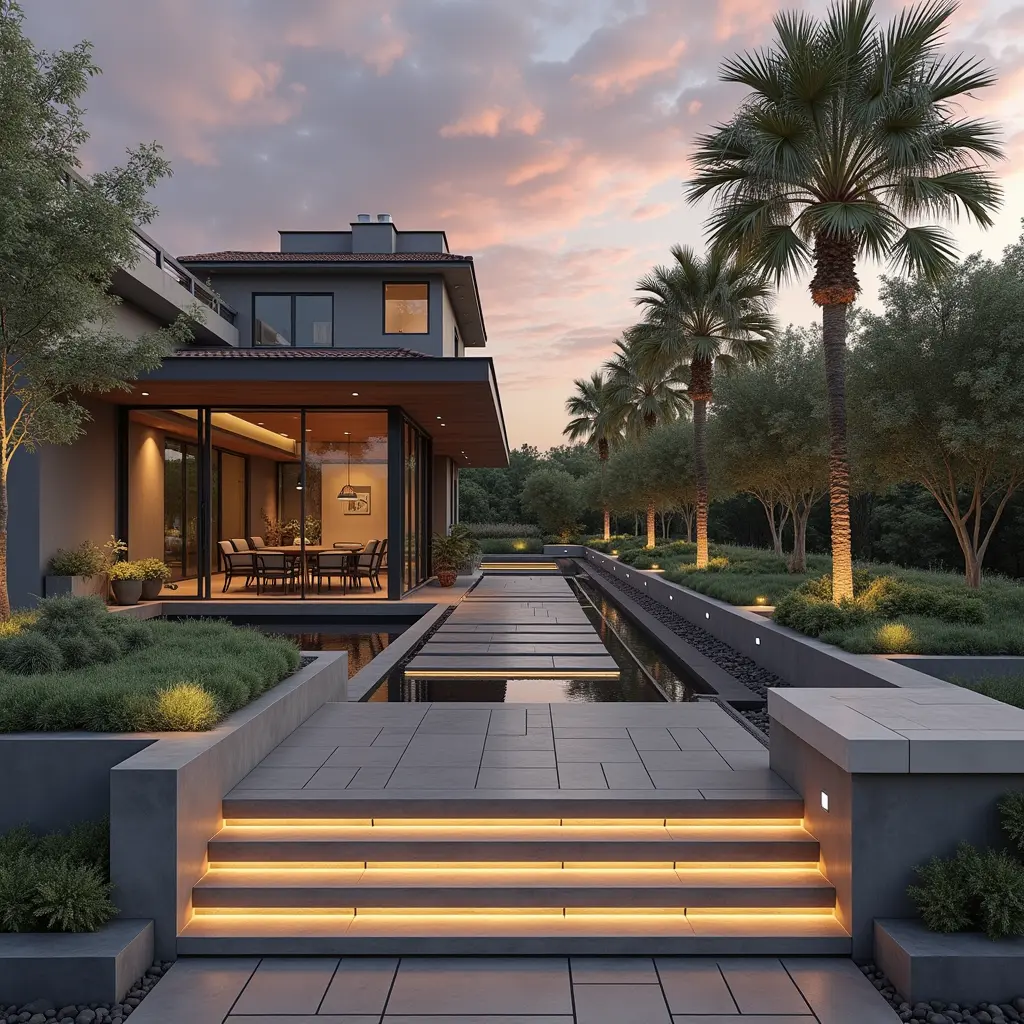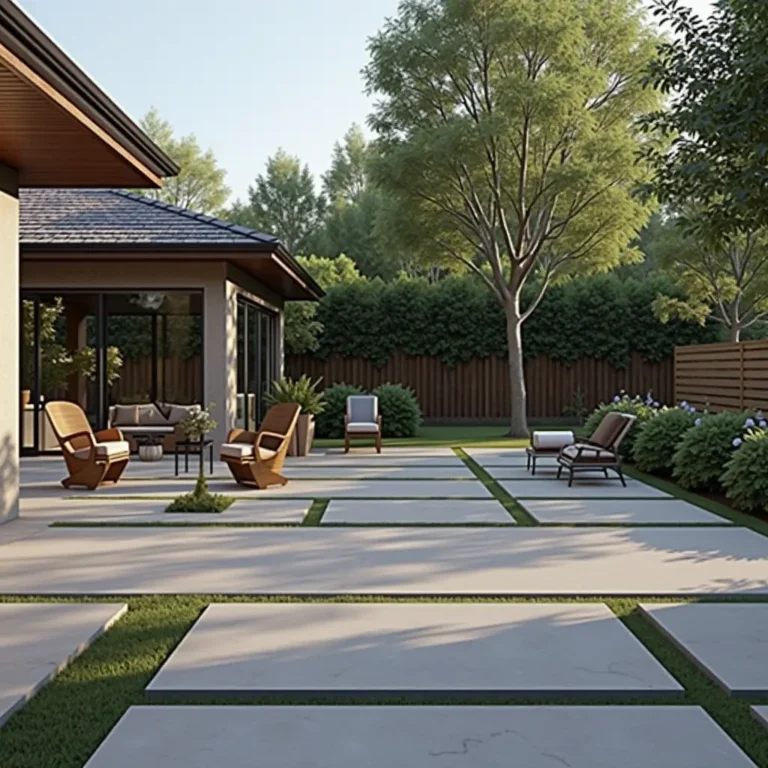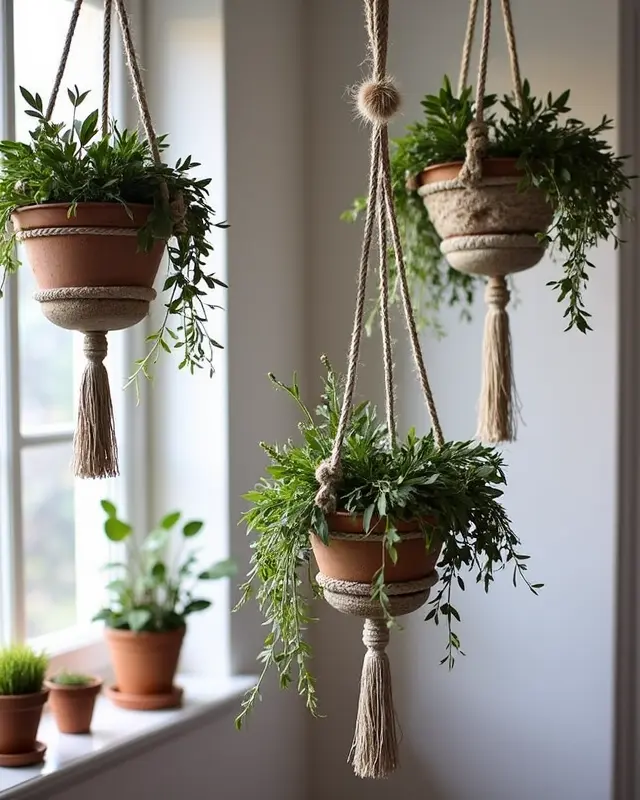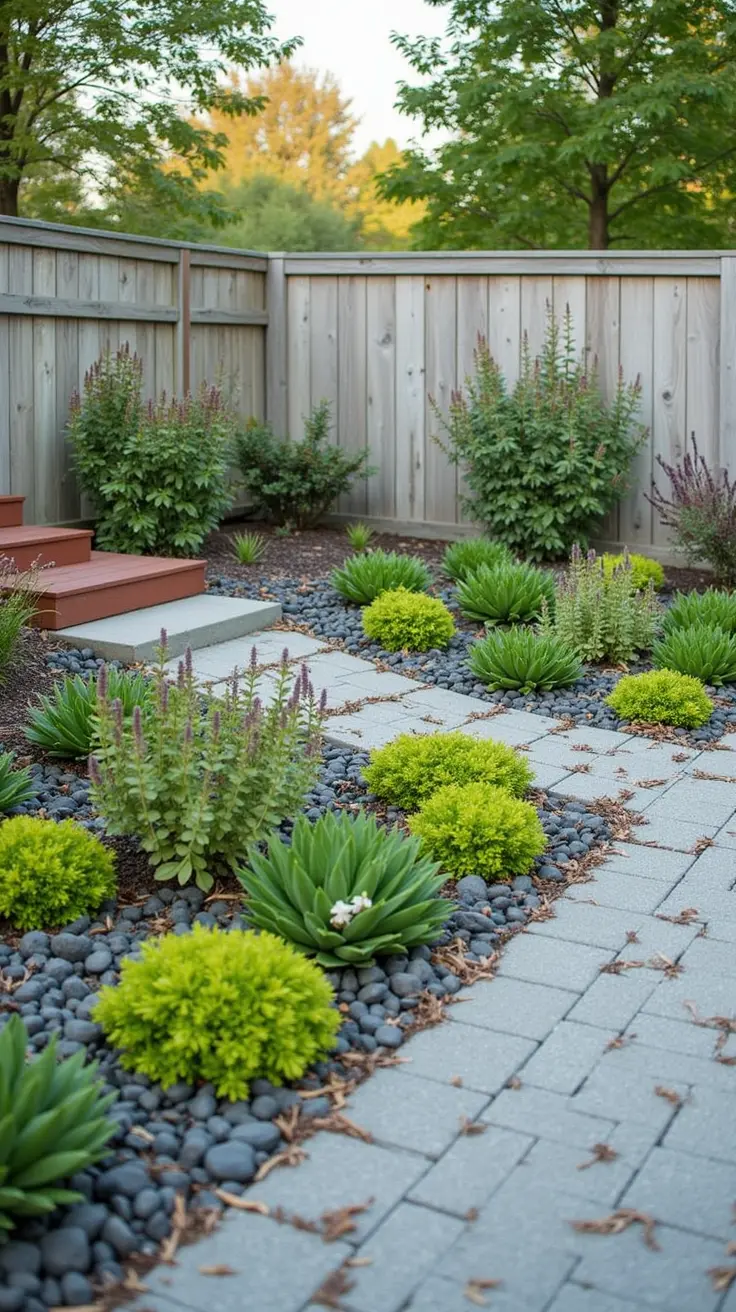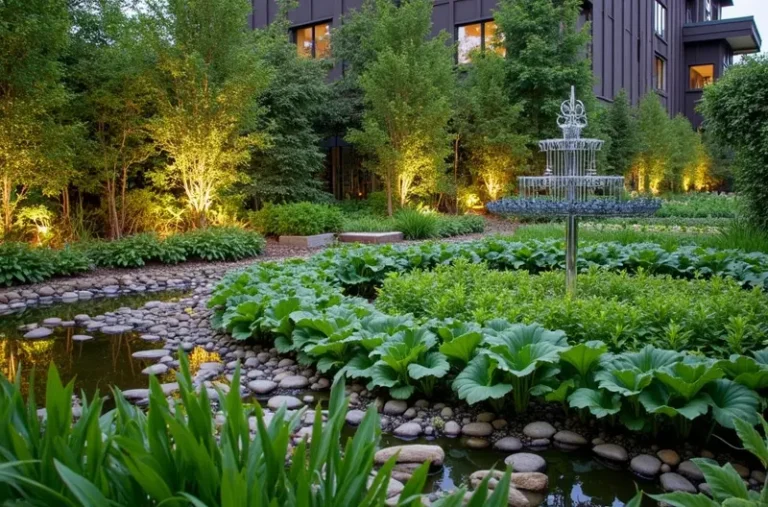Blending Boundaries: Gardens and Architecture Unite
Blending Boundaries: Gardens and Architecture Unite
Imagine stepping into a space where lush greenery seamlessly intertwines with stunning architectural features. The whispers of the leaves harmonize with the gentle curves of a modern building, crafting a narrative that invites you to explore deeper. In recent years, the fusion of gardens and architecture has transcended mere aesthetics; it has become a crucial design philosophy that enhances not only the visual appeal but also the emotional experience of a space. This concept is not just about aesthetics; it’s about creating a symbiotic relationship between nature and human-made structures.
The Evolution of Garden Architecture
Historically, gardens served as the centerpiece of many architectural marvels. From the majestic Hanging Gardens of Babylon to the intricate Japanese gardens that complement traditional homes, the bond between lush landscapes and structures has evolved through ages. In the 20th century, architects like Frank Lloyd Wright incorporated natural elements into their designs, showcasing how beautifully gardens can enhance architectural integrity.
Modern Innovations in Design
Today, leading architects are increasingly aware of the environmental benefits and therapeutic effects of nature-infused spaces. The biophilic design approach emphasizes creating environments that reconnect people with nature. Imagine a pathway lined with fragrant flowers that leads to an open terrace; it’s this seamless transition that promotes relaxation and well-being.
Architects are utilizing green roofs, vertical gardens, and indoor plant arrays to create more than just spaces. They are crafting experiences—environments that foster a sense of belonging and tranquility. For instance, New York City’s High Line has transformed an abandoned railway into a vibrant urban oasis, merging architecture with the vividness of nature.
Case Studies of Successful Integration
Consider the stunning example of the Eden Project in Cornwall, England. This monumental project features diverse biomes housing different ecosystems, where architecture harmoniously coexists with botanical exuberance. Visitors are not merely observers; they become participants in a pulsating dance between human creativity and nature’s artistry.
Similarly, Singapore’s Gardens by the Bay redefines urban landscaping. The futuristic Supertree Grove and Flower Dome offer an architectural spectacle while nurturing diverse plant species. This astounding space serves as a clear illustration of how architecture can celebrate and elevate the natural world.
Creating Your Own Harmonious Space
You don’t need to be a world-renowned architect to create a space where gardens and architecture unite. Here are a few practical tips for blending your surroundings:
- Use native plants: They require less maintenance and can thrive in your local climate.
- Design functional elements: Incorporate seating areas that encourage relaxation, surrounded by greenery.
- Create visual pathways: Use plants to lead the eye through your space, drawing visitors in naturally.
- Implement sustainable practices: Rainwater harvesting and composting can enhance the environmental harmony of your space.
The Emotional Connection to Nature
As we navigate our fast-paced lives, the importance of connecting with nature cannot be overstated. Studies show that being in nature reduces stress, boosts mood, and enhances creativity. By integrating gardens into architectural designs, we create sanctuaries that foster mental well-being, making spaces not just places to live or work but environments that nurture the soul.
FAQs About Blending Gardens and Architecture
What is garden architecture?
Garden architecture refers to the design and integration of gardens with architectural structures, emphasizing the aesthetic and functional relationship between built environments and nature.
How can I start blending my garden with my home?
Begin by assessing your outdoor space. Consider the existing architectural elements and choose plants that complement these features while creating pathways or seating areas that invite relaxation.
What are the benefits of integrating gardens and architecture?
Integrating gardens with architecture enhances aesthetic appeal, promotes mental well-being, encourages biodiversity, and can improve property value while creating a harmonious living environment.
Are there specific architectural styles that work well with gardens?
While any architectural style can incorporate gardens, designs like modern, minimalist, and organic architecture tend to harmonize well with natural elements, emphasizing clean lines and fluid transitions between indoor and outdoor spaces.
Can I create a garden in a small urban space?
Absolutely! Utilize vertical gardens, window boxes, or tiny outdoor terraces. Small spaces can be transformed into green havens with thoughtful design and plant selection.
How do gardens improve sustainability in architecture?
Incorporating gardens can promote biodiversity, improve air quality, regulate temperature, and help manage rainwater, significantly contributing to the overall sustainability of a building.
By embracing the philosophy of blending gardens and architecture, we don’t just enhance our spaces; we begin to redefine our relationship with the natural world. The next time you find yourself in a beautifully integrated environment, take a moment to breathe in the fresh air and appreciate the harmonious dance of architecture and nature.
“
